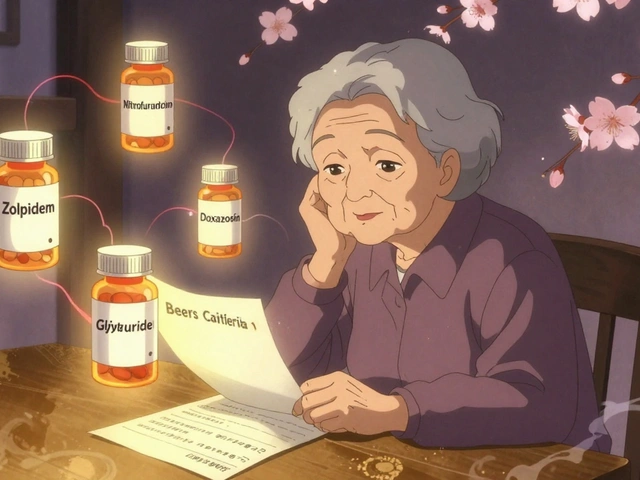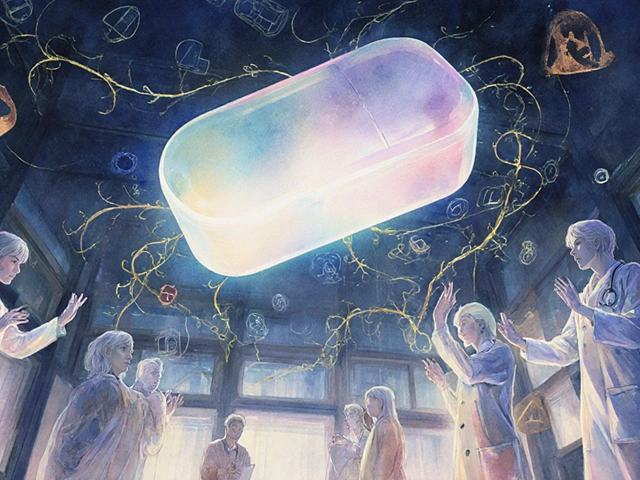Understanding SAH Risk and How to Keep Your Brain Safe
Subarachnoid hemorrhage (SAH) is a sudden bleed in the space around the brain. It’s rare, but when it happens the consequences can be severe. Knowing what pushes your odds up lets you act before trouble strikes. Below we break down the biggest culprits and give you practical steps you can start using today.
What Common Things Raise Your SAH Odds?
First up, age and family history. People over 50 and those with close relatives who had an aneurysm are more likely to face a bleed. High blood pressure is another heavyweight – the constant pressure weakens vessel walls, making them prone to rupture. Smoking and heavy alcohol use also speed up artery damage, so cutting back can shave off a big chunk of risk.
Beyond lifestyle, certain medical conditions matter. Polycystic kidney disease, connective‑tissue disorders such as Ehlers‑Danlos, and even chronic inflammatory diseases can thin the walls of brain arteries. If any of these ring a bell, keep a regular check‑up schedule and let your doctor monitor your brain vessels when appropriate.
Medications That Can Tip the Balance
Anticoagulants like warfarin are lifesavers for many heart conditions, but they also make bleeding easier. Our guide on “How to Buy Cheap Generic Warfarin Online Safely” explains how to verify a pharmacy and monitor INR levels – a must if you’re on warfarin and worried about SAH. If you’re taking newer blood thinners (direct oral anticoagulants), ask your doctor about the lowest effective dose and whether you truly need long‑term use.
Even non‑prescription meds matter. Over‑the‑counter NSAIDs (ibuprofen, naproxen) can raise blood pressure and irritate blood vessels. If you use them often, consider swapping to acetaminophen for pain relief and keep an eye on your BP readings.
Supplements are another gray area. Herbal products like Loosestrife claim anti‑inflammatory benefits, but they can interact with anticoagulants and affect clotting. Always tell your pharmacist about any herbs or vitamins you take, especially if you’re on blood thinners.
When you start a new drug, ask your doctor how it might affect SAH risk. A quick conversation can prevent a dangerous combination before it even happens.
Now that you know the red flags, here are three easy habits to lower your SAH chance:
- Control your blood pressure. Aim for under 130/80 mmHg. Use home monitors, limit salty foods, and keep active.
- Quit smoking and limit alcohol. Even cutting a pack a day or reducing drinks to a few per week can boost vessel health.
- Stay on top of medication checks. Review all prescriptions and supplements with a pharmacist every six months.
Finally, if you notice a sudden, worst‑ever headache, vision changes, or loss of consciousness, treat it as an emergency. Call 911 right away – rapid treatment can make the difference between recovery and lasting damage.
Keeping SAH risk low is mostly about steady, everyday choices. Track your blood pressure, be honest about every pill and herb you take, and don’t ignore family history. With these steps, you give your brain the best chance to stay healthy for years to come.
Genetic Risk Factors for Subarachnoid Hemorrhage: Are You at Risk?
Explore how genetics shape the risk of subarachnoid hemorrhage, the key inherited conditions, and what steps you can take to assess and manage your personal risk.





